Running a refrigerator is a nonstop cost that adds up over time, often without homeowners realizing how much it impacts their electricity bills. From compact models in apartments to full-size units in family homes, each fridge runs for approximately 8 hours a day. But how much does it cost to run a refrigerator? On average, a 300W refrigerator running for 8 hours can cost you around $0.38 daily, $11.48 monthly, and $137.81 yearly.
In this detailed guide, we break down the daily, monthly, and yearly expenses of operating a refrigerator in the US and explore practical ways to reduce that cost, like investing in solar generators. Jackery Solar Generators are essential home backup solutions that can power various household appliances like refrigerators, ACs, lights, etc., to reduce monthly utility bills.
Key Takeaways
- Refrigerators typically use 300 to 800 watts, depending on size, model, and age, whereas mini-fridges consume only 50 to 100 watts.
- The average annual cost to run a fridge is between $85 and $350, depending on the electricity rate per kWh in your area, the wattage consumption of the appliance, and the running time.
- Newer Energy Star models are significantly more efficient and consume less energy compared to older refrigerator models.
- Jackery Solar Generators can help cut electricity bills and power appliances, such as refrigerators, ACs, fans, etc., during outages.
How Many Watts a Refrigerator Consumes
On average, a refrigerator consumes anywhere between 300W and 800W of electricity, depending on the size, type, model, and efficiency. Most refrigerators use anywhere between 3 and 6 amps and work at around 120V. However, the mini-fridges consume only between 50W and 100W, whereas the commercial refrigerators use 1500W - 2000W. Depending on the model and size of the fridge, you can check how many watts a refrigerator uses. It's also worth noting that refrigerators cycle on and off throughout the day, so their actual daily wattage use is much lower than continuous draw suggests.
How Much Does It Cost to Run a Refrigerator
Understanding how much it costs to run a fridge depends on the appliance's wattage, the time for which it runs, and the electricity rate per kWh in your area. If you have a refrigerator that consumes 300W and runs for 8 hours per day, the daily power consumption will be 2.4kWh.
Assuming the electricity rate per kWh in your area is 15.95 cents per kWh, the daily cost to run a refrigerator will be $0.38. This translates to $11.48 per month and $137.81 per year. Older or less efficient models could cost more, especially in hotter climates or if the door is frequently opened.
But how much does it cost to run a small refrigerator? Or, how much does it cost to run a mini refrigerator? In order to calculate the exact cost of running a refrigerator, simply multiply the wattage consumption of the appliance by the number of hours you use it and the electricity rate per kWh in your area.
Daily, Monthly, and Yearly Costs to Run a Refrigerator
The electricity rate per kWh varies in different states of the USA, which means the daily, monthly, and yearly costs to run a refrigerator will differ. Here's a table comparing how much it costs to run a refrigerator per day, month, and year:
|
Wattage |
Usage (Hrs/Day) |
State |
Rate in cents per kWh |
Daily Cost
|
Monthly Cost |
Yearly Cost |
|
300W |
8H |
New Jersey |
19.68 |
$0.47 |
$14.17 |
$170.04 |
|
300W |
8H |
New York |
25.31 |
$0.61 |
$18.22 |
$218.68 |
|
300W |
8H |
Illinois |
15.81 |
$0.38 |
$11.38 |
$136.60 |
|
300W |
8H |
Ohio |
15.64 |
$0.38 |
$11.26 |
$135.13 |
|
300W |
8H |
North Dakota |
9.93 |
$0.24 |
$7.15 |
$85.80 |
|
300W |
8H |
South Dakota |
12.09 |
$0.29 |
$8.70 |
$104.46 |
|
300W |
8H |
Florida |
14.43 |
$0.35 |
$10.39 |
$124.68 |
|
300W |
8H |
Georgia |
13.52 |
$0.32 |
$9.73 |
$116.81 |
|
300W |
8H |
North Carolina |
12.47 |
$0.30 |
$8.98 |
$107.74 |
|
300W |
8H |
South Carolina |
13.81 |
$0.33 |
$9.94 |
$119.32 |
|
300W |
8H |
Texas |
14.68 |
$0.35 |
$10.57 |
$126.84 |
|
300W |
8H |
Colorado |
15.01 |
$0.36 |
$10.81 |
$129.69 |
|
300W |
8H |
Idaho |
10.82 |
$0.26 |
$7.79 |
$93.48 |
|
300W |
8H |
Montana |
11.41 |
$0.27 |
$8.22 |
$98.58 |
|
300W |
8H |
Nevada |
13.92 |
$0.33 |
$10.02 |
$120.27 |
|
300W |
8H |
New Mexico |
13.73 |
$0.33 |
$9.89 |
$118.63 |
|
300W |
8H |
Utah |
12.12 |
$0.29 |
$8.73 |
$104.72 |
|
300W |
8H |
Wyoming |
11.69 |
$0.28 |
$8.42 |
$101.00 |
|
300W |
8H |
California |
30.22 |
$0.73 |
$21.76 |
$261.10 |
|
300W |
8H |
Oregon |
14.44 |
$0.35 |
$10.40 |
$124.76 |
|
300W |
8H |
Alaska |
24.74 |
$0.59 |
$17.81 |
$213.75 |
|
300W |
8H |
Hawaii |
40.51 |
$0.97 |
$29.17 |
$350.01 |
|
300W |
8H |
US |
15.95 |
$0.38 |
$11.48 |
$137.81 |
Source: Electric Power Monthly - US Energy Information Administration (EIA)
Note: The cost to run a refrigerator is calculated assuming that the fridge has a running wattage of 300W per hour.
Official Tips to Reduce Refrigerator Costs
Refrigerators running for long hours can significantly impact your electricity bills. If you want to reduce your utility bills, there are many tips to help you lower your running costs. Energy Star and the US Department of Energy offer many tips to reduce the monthly costs of running a refrigerator:
Replace Old Refrigerators with Energy Star Models: Energy Star-certified refrigerators are about 9% more energy efficient than other models and can save over $220 over a year. If you have an old refrigerator model, consider upgrading it to a new Energy Star-certified refrigerator.
Allow Air Circulation Behind the Fridge: Consider leaving a few inches between the wall and the refrigerator. To lower the power consumption, keep the condenser coils clean, especially if you have an older refrigerator.
Limit Door Opening Time: Minimize how often and how long you open the fridge to maintain the internal temperature with less energy. In addition, make sure the seals around the refrigerator doors are airtight. If the seals are not airtight, you can consider replacing them.
Invest in a Solar Generator: A refrigerator runs for the entire day and can heavily impact your electricity bills. Jackery Solar Generators can power refrigerators and other household appliances like ACs, lights, etc. They are essential home backup solutions that can reduce the reliance on the utility grid and lower the electricity bills.
How to Save on Your Electricity Bills With Jackery Solar Generators
Refrigerators run constantly, so powering them partially or entirely with a solar generator can lead to significant savings over time. Jackery is a leading brand that manufactures highly efficient and robust solar generators, portable power stations, and solar panels. Jackery Solar Generators is a quiet and clean power solution that keeps essential household appliances powered during outages or to offset electricity bills. Here are two of the best solar-powered generators from Jackery that are ideal for off-grid refrigerators:
Jackery Solar Generator 5000 Plus
The Jackery Solar Generator 5000 Plus is an essential home backup solution that can power most household appliances, including refrigerators of different sizes, ACs, TVs, lights, etc. If you run a refrigerator (300W) for 8 hours daily with grid electricity, it will cost you $11.48 per month and $137.81 per year. Switching to the solar-powered generator will not only help you save the cost of running the refrigerator but also ensure appliances remain powered during outages.
Appliances Running Time
- Mini Fridge (75W) = 34.3H
- Single Door (120W) = 25.2H
- Double Door (300W) = 12.2H
- Standard Refrigerator (500W) = 7.8H
- Side-by-Side Refrigerator (600W) = 6.6H
- Commercial Refrigerator (1500W) = 2.8H

Customer Review
"I received the Explorer 5000 Plus solar generator to use to run my home if the power goes out. It works great and will run my whole home if the power goes out." — Dennis Carlson.
Jackery Solar Generator 2000 v2
The Jackery Solar Generator 2000 v2 is a portable and reliable home battery backup solution that can power essential household appliances like refrigerators and freezers. Its foldable handle and ergonomic design ensure easy movement from one place to another. If you plan to run a mini freezer (150W) for 8 hours every day for a month, it will help you save $5.74 per month and $68.88 per year. It also allows you to power appliances during blackouts and short-term outages.
Appliances Running Time
- Mini Fridge (75W) = 18.0H
- Single Door (120W) = 12.1H
- Double Door (300W) = 5.3H
- Standard Refrigerator (500W) = 3.2H
- Side-by-Side Refrigerator (600W) = 2.7H
- Commercial Refrigerator (1500W) = 1.1H

Customer Review
"As a nearly 70-year-old woman, I can move this battery easily from room to room. It will run my Harman P68 pellet stove, which heats my entire house, for 20 hours. It will run my large refrigerator/freezer for the same. With my solar panels operating, I can keep my heat, refrigeration, and freezer running indefinitely by rotating the battery among them." — Wendy S.
How Much Does It Cost to Run a Refrigerator FAQs
What does it cost to run a refrigerator in a garage?
A garage fridge can consume between 150 and 800 watts per hour. If the garage fridge (500W) runs for 8 hours per day and the electricity rate per kWh in your area is 15.95 cents per kWh, the daily cost to run a refrigerator will be $0.63. The monthly and yearly expenses will translate to $19.14 and $229.68, respectively.
How much does it cost to run a commercial refrigerator?
Commercial refrigerators consume 1500W—2000W per hour, depending on their size, type, model, etc. On average, the monthly cost to run a commercial refrigerator (1500W) for 8 hours per day can be $57.42.
Does a full fridge cost less money to run than an empty fridge?
Yes, a full refrigerator generally costs less to run than an empty one because it takes less effort to maintain a cold temperature when the fridge is full.
Why is my fridge consuming too much electricity?
A refrigerator uses more electricity when it's working harder to maintain the desired temperature. This can happen due to several factors, such as frequent door openings, a warm ambient temperature, or a poorly maintained appliance.
Conclusion
Your refrigerator may seem like a small player in your home's overall energy use, but its constant operation makes it one of the most costly appliances over time. Fortunately, those costs are manageable and even avoidable with the right tips. Once you calculate how much it costs to run a refrigerator monthly or yearly, you can find ways to reduce the utility bills. Jackery Solar Generators keep your food cold during outages, lower your carbon footprint, and reduce the utility bill. It's also a reliable way to stay prepared for power disruptions in hurricane-prone or remote areas.

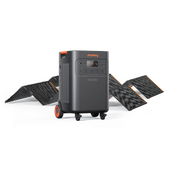








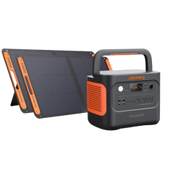


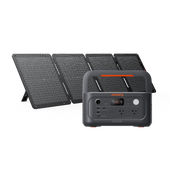
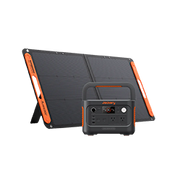
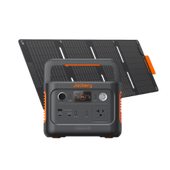
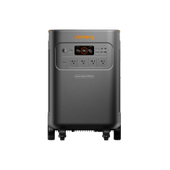
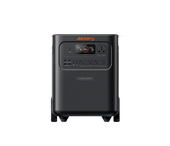
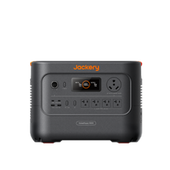
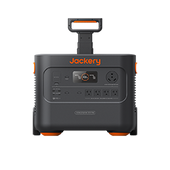
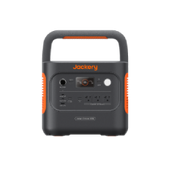

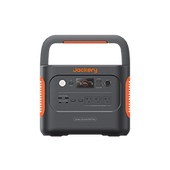
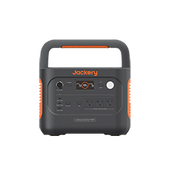
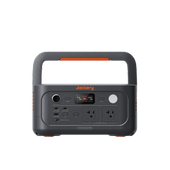

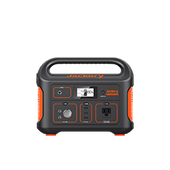


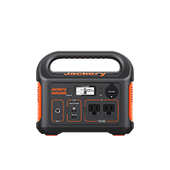
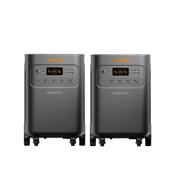



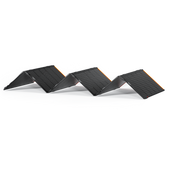


![[Add - on] Jackery Manual Transfer Switch for Explorer 5000 Plus - Jackery](http://www.jackery.com/cdn/shop/files/add-on-jackery-manual-transfer-switch-for-explorer-5000-plus-9017324.png?v=1754016782&width=170)

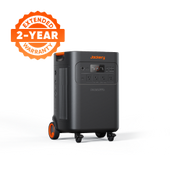








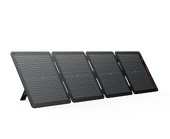

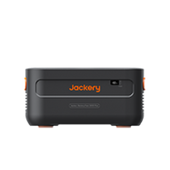
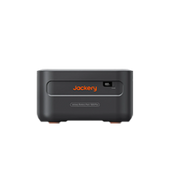
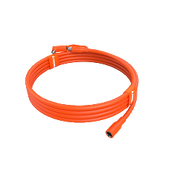










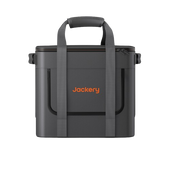
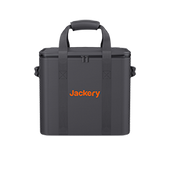

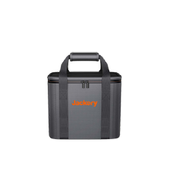

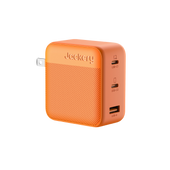



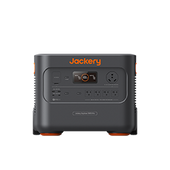
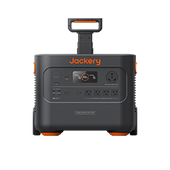
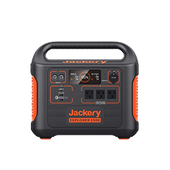

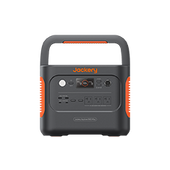
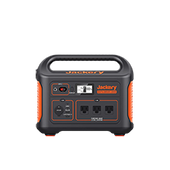
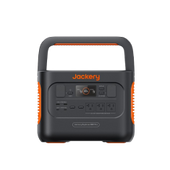
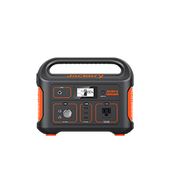

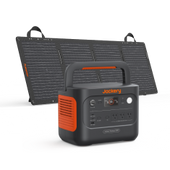
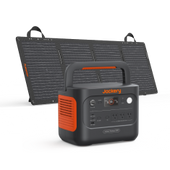
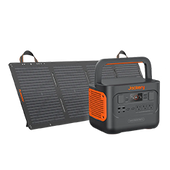

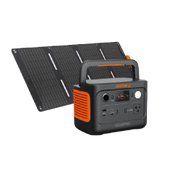


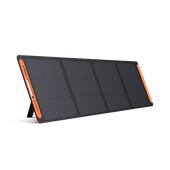
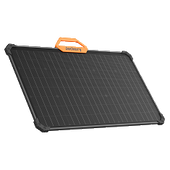



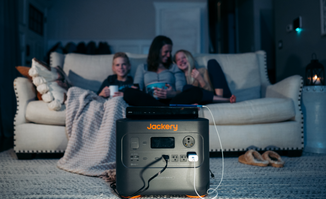



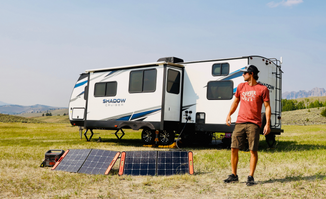


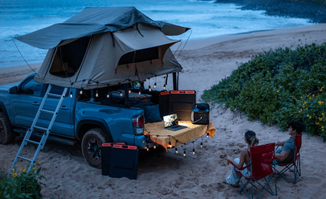





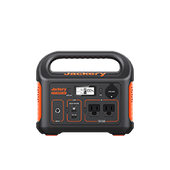

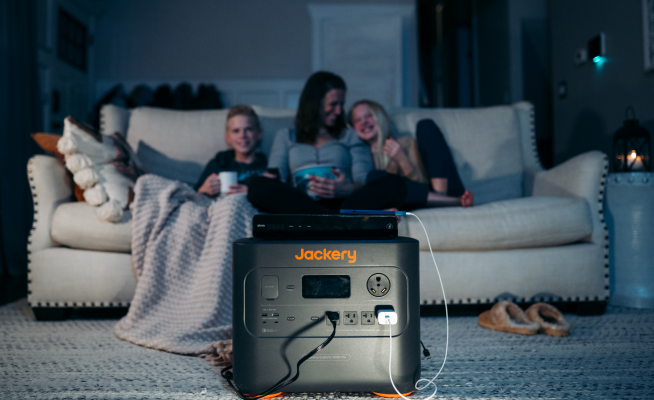



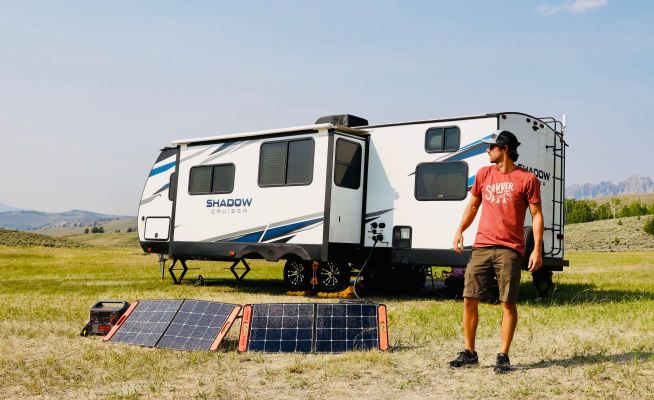


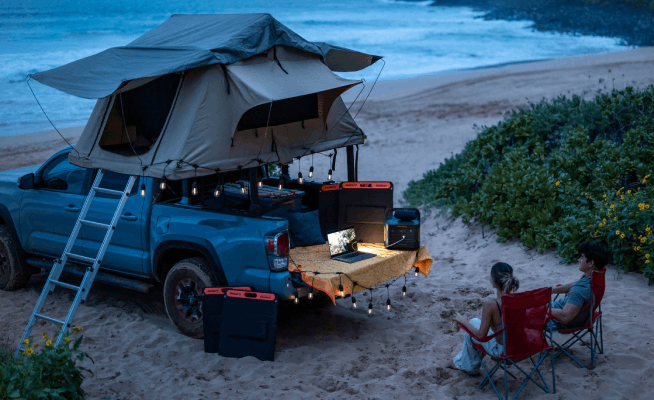










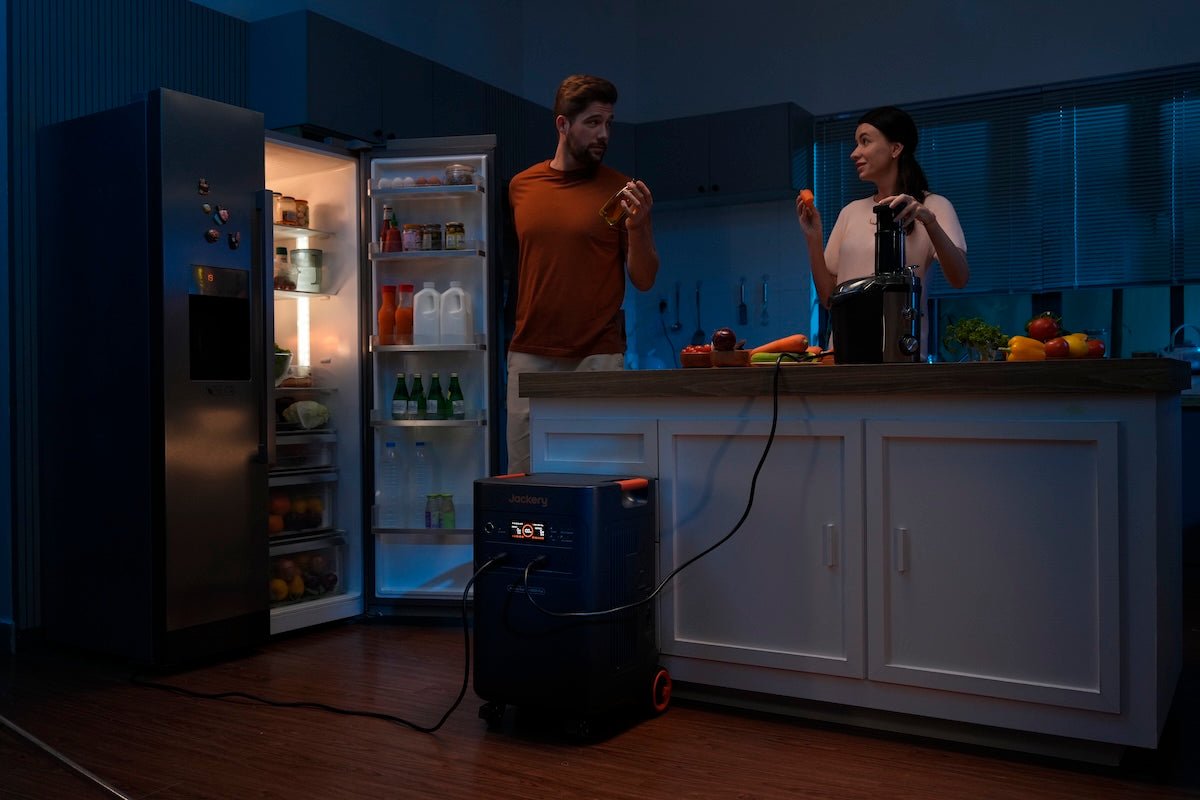




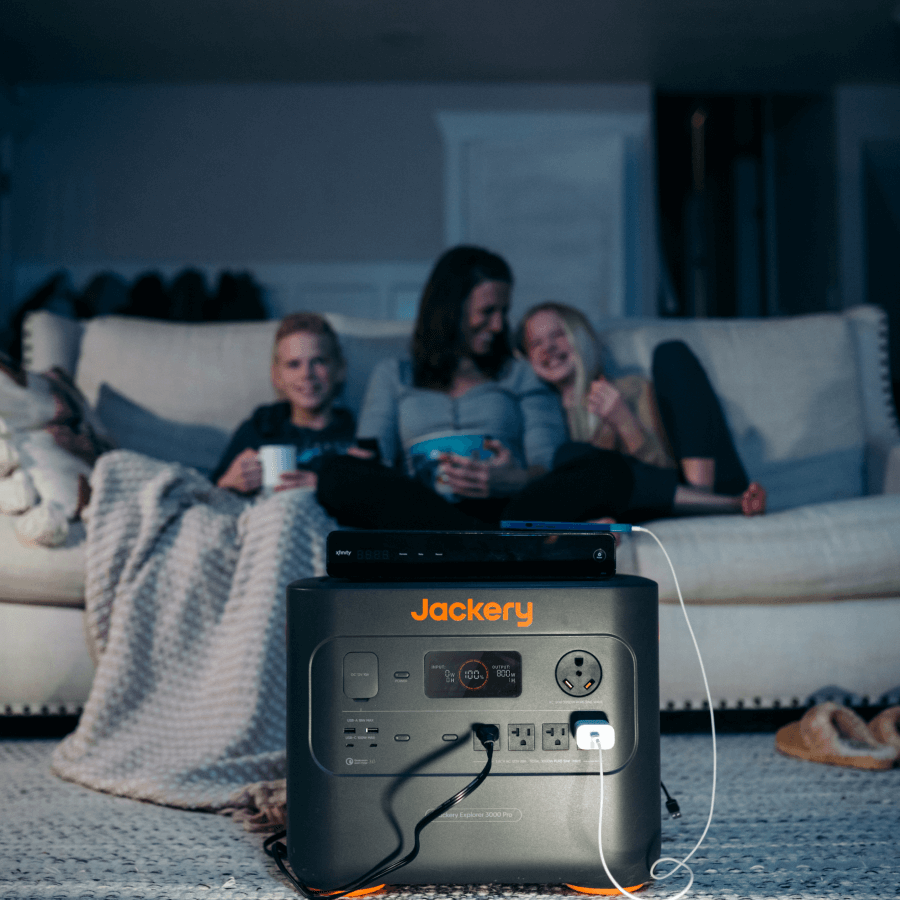

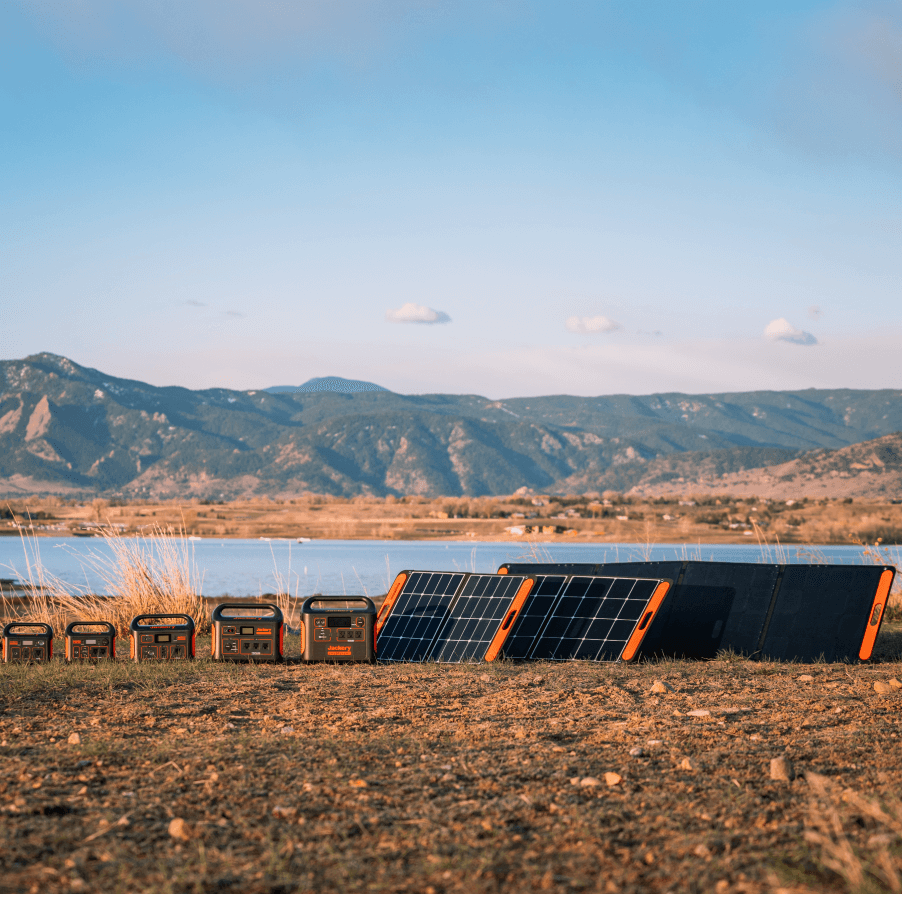
Leave a comment